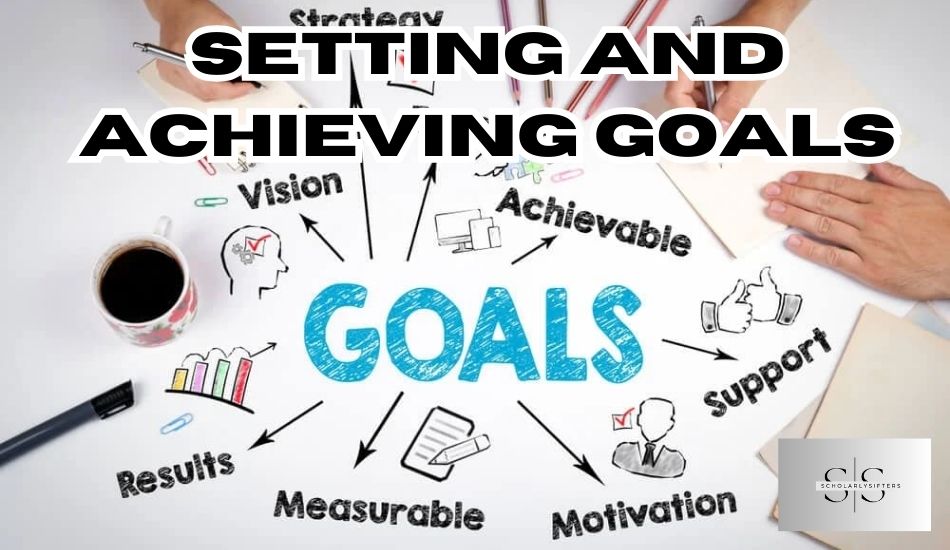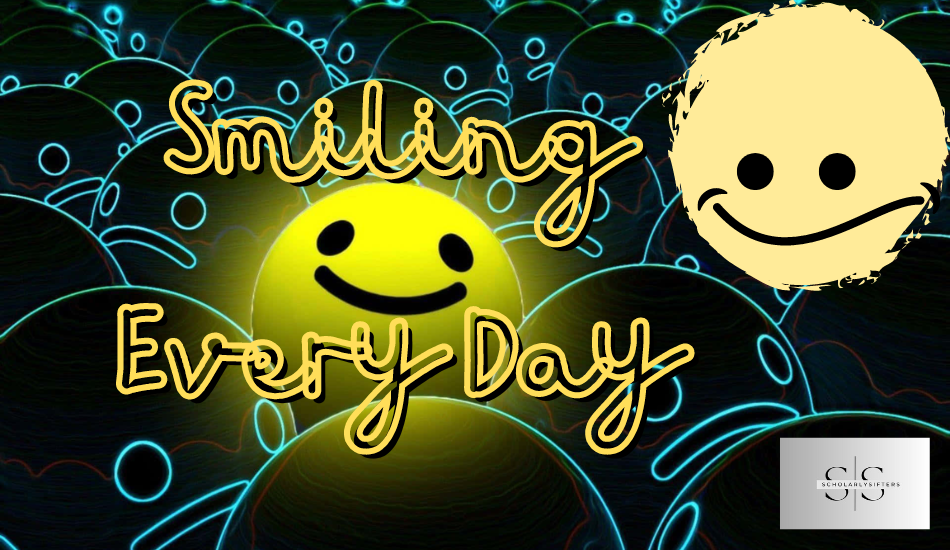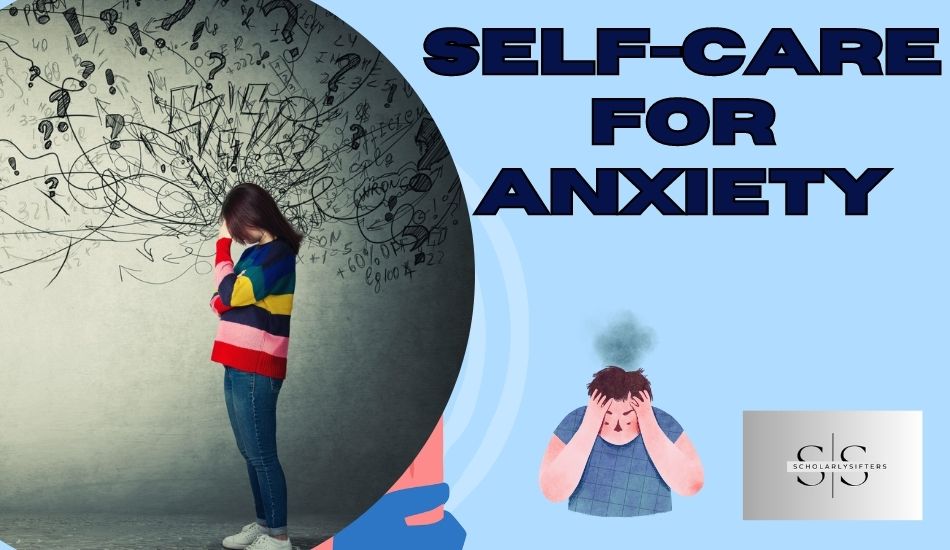No products in the cart.
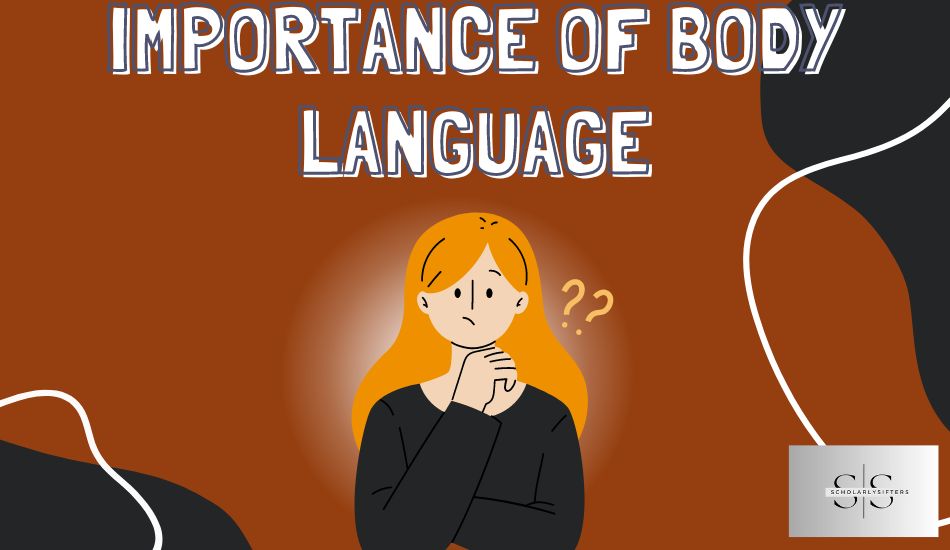
Decoding the Unspoken: Understanding the Importance of Body Language

Introduction
Importance of body language, a powerful form of nonverbal communication, speaks volumes about our thoughts, emotions, and intentions. From subtle facial expressions to meaningful gestures, body movements play a crucial role in conveying messages beyond words. In this article, we explore the significance of body movements in communication and how they can influence our interactions with others.
Importance of body language: Types of Body Movements:
Facial Expressions
Our faces are a canvas for emotions, and facial expressions add depth and clarity to our verbal communication. They are a universal language that transcends cultural boundaries, allowing us to connect on an emotional level with others.
Importance of Facial Expressions:
Facial expressions can enhance the way we express emotions. A genuine smile can signify warmth and friendliness, while a furrowed brow might indicate confusion or concern.
Gestures
Gestures are an essential part of body language that can add emphasis to spoken words or replace them altogether. They vary across cultures and can have different meanings, making it important to be aware of their potential interpretations.
Hand Gestures and their Interpretations:
Hand gestures can enhance the clarity of our messages, but they can also be misinterpreted. For example, a thumbs-up is generally seen as a positive gesture in many Western cultures, but it might be offensive in certain other cultures.
Posture and Body Language
Posture and overall body language offer valuable insights into a person’s confidence, attitude, and emotional state. They are crucial for understanding the unspoken messages that people convey.
Body Movements in Nonverbal Communication
How Body Movements Complement Verbal Communication?
Body movements go hand in hand with spoken words, reinforcing the intended message and adding depth to our communication. They help convey sincerity and authenticity in our interactions.
Importance of body language
Importance of body language plays a significant role in communication and interpersonal interactions. It serves as a powerful form of nonverbal communication and has several crucial implications for our daily lives.
Here are some key reasons for the importance of body language:
Enhancing Communication:
Body language complements verbal communication and enhances the overall message being conveyed. It helps to add context, emotions, and emphasis to our words, making it easier for others to understand our intentions and feelings.
Expressing Emotions:
Facial expressions, gestures, and body postures are essential for expressing emotions. They allow us to convey happiness, sadness, anger, fear, and various other emotions, even when we don’t explicitly state them verbally.
Nonverbal Cues:
In many cases, nonverbal cues, such as a smile, a nod, or eye contact, can be more powerful than words alone. They can create a sense of trust, comfort, and rapport between individuals.
Building Relationships:
Positive body language, such as maintaining eye contact, smiling, and using open postures, can foster connections and build trust in personal and professional relationships.
Cultural Awareness:
Body language can vary across cultures, and being aware of these differences is crucial for effective communication and avoiding misunderstandings in multicultural settings.
Public Speaking and Presentations:
Using confident and engaging body language during public speaking or presentations can captivate the audience and enhance the effectiveness of the message.
Importance of body language: Body Movements in Nonverbal Communication
How Body Movements Complement Verbal Communication?
When we communicate, our body movements work in tandem with spoken words, reinforcing, clarifying, or even contradicting the message being conveyed.
The Impact of Body Language on Relationships:
In relationships, both personal and professional, body language plays a crucial role in establishing trust, understanding, and rapport. Positive body language, such as maintaining eye contact, mirroring gestures, and open postures, fosters a sense of comfort and connection between individuals.
Improving Body Movements for Effective Communication
Becoming Mindful of Your Own Body Language:
Self-awareness is the first step to improving body language. Recognizing negative body language habits, such as slouching, avoiding eye contact, or fidgeting, empowers us to consciously change and replace them with positive gestures and postures.
Identifying Negative Body Language Habits:
Pay attention to your body language in various situations and identify any habits that may hinder effective communication or convey unintended messages.
Practicing Positive Body Language Techniques:
Through regular practice and mindfulness, incorporate positive body language techniques like maintaining eye contact, using open gestures, and matching your expressions to your spoken words.
Adapting Body Language to Different Situations:
Different social and professional settings may require subtle adjustments in body language to suit the context and effectively convey your intentions.
Importance of body language: Cultural Influences on Body Movements
Understanding Cross-Cultural Differences in Body Language:
Cultural norms greatly influence how body movements are perceived. Being aware of these differences is crucial to avoid misinterpretations and foster effective communication in multicultural settings.
Recognizing Gestures and Expressions Varying Across Cultures:
Study and understand the body language norms and gestures prevalent in different cultures to navigate cross-cultural interactions respectfully.
Avoiding Misinterpretations in Multicultural Environments:
Be cautious not to judge others based on your own cultural lens and learn to interpret body language in context.
Sensitivity and Respect for Diverse Body Language Practices:
Show respect and openness to cultural differences, embracing the richness they bring to our global interactions.
Body Movements in Deceptive Communication
Detecting Deception through Body Language:
Being able to recognize signs of deception in body language can help protect against potential deceit and dishonesty.
Common Signs of Deception in Nonverbal Cues:
Look for incongruencies between verbal messages and body language, such as avoiding eye contact, fidgeting, or covering the mouth while speaking.
Avoiding Jumping to Conclusions Based on Body Language Alone:
While certain body movements may raise suspicion, it is essential not to rely solely on nonverbal cues to judge truthfulness. Consider other contextual factors as well.
Honesty and Authenticity in Body Movements:
Cultivating honesty in our body language is vital for building trust and fostering authentic connections with others.
Practicing Genuine Body Language in Daily Interactions:
Be true to your emotions and intentions, allowing your body language to reflect sincerity and authenticity.
Building Trust through Sincere Nonverbal Communication:
Consistently demonstrating honest body language can lead to stronger bonds and relationships built on trust.
The Role of Body Language in Emotional Intelligence
Emotional Intelligence and Body Language:
Emotional intelligence involves recognizing, understanding, and managing emotions in oneself and others, and body language is a key component in this process.
Understanding the Connection Between Emotions and Nonverbal Signals:
Explore how our body movements and expressions can reveal emotional states and how they impact our emotional responses.
Developing Emotional Awareness Through Body Movements:
Become more emotionally aware by paying attention to the nonverbal cues of both yourself and others.
Improving Emotional Intelligence through Body Language:
Using body language to convey empathy and active listening can enhance emotional intelligence.
Recognizing and Regulating Your Emotional Responses:
Understand your own emotional reactions and learn to regulate them to facilitate more constructive communication.
Empathetic Listening and Nonverbal Cues:
Displaying empathetic body language while actively listening to others demonstrates genuine concern and support.
Improving Body Movements for Effective Communication
Tips for Enhancing Your Body Language:
Improving your body language can have a transformative impact on your communication skills and how others perceive you.
Here are some practical tips to enhance your body movements for more effective communication:
Maintain Eye Contact: Engage in appropriate eye contact during conversations to show attentiveness and interest in the other person.
Open Posture: Adopt an open and relaxed posture to convey approachability and confidence. Avoid crossing your arms, which may signal defensiveness.
Smile Sincerely: A genuine smile can create a positive and friendly atmosphere, making others feel comfortable around you.
Mirror Gestures: Subtly mirror the body language of the person you are interacting with to establish rapport and a sense of connection.
Use Gestures Purposefully: Incorporate hand gestures to emphasize key points and add clarity to your verbal messages.
Control Nervous Tics: Be aware of any nervous habits, such as fidgeting or tapping, and work on reducing them to appear more composed and self-assured.
Adjust Proximity: Respect personal space boundaries and adjust your proximity based on the cultural norms of the situation.
Overcoming Common Body Language Mistakes:
Recognizing and correcting common body language mistakes can significantly improve your nonverbal communication.
Here are some mistakes to be mindful of:
Lack of Eye Contact: Avoiding eye contact may be interpreted as disinterest or dishonesty. Practice maintaining eye contact appropriately.
Crossing Arms: Crossing your arms can be perceived as defensive or closed-off. Keep your arms relaxed and open instead.
Fidgeting: Excessive fidgeting can signal nervousness or impatience. Practice stillness and composure during conversations.
Invading Personal Space: Respect others’ personal space to avoid making them feel uncomfortable or defensive.
Ignoring Cultural Differences: Be aware of cultural norms and adapt your body language accordingly in diverse settings.
Importance of body language: Cultural Influences on Body Movements
Understanding Cross-Cultural Differences in Body Language:
Cultural norms significantly impact how body movements are interpreted. Understanding these differences is essential to avoid misunderstandings and build effective cross-cultural communication.
Gesture Variations: Hand gestures and their meanings can differ widely across cultures. Be cautious to avoid offensive gestures unknowingly.
Facial Expressions: Facial expressions can be interpreted differently, with some cultures displaying emotions more openly than others.
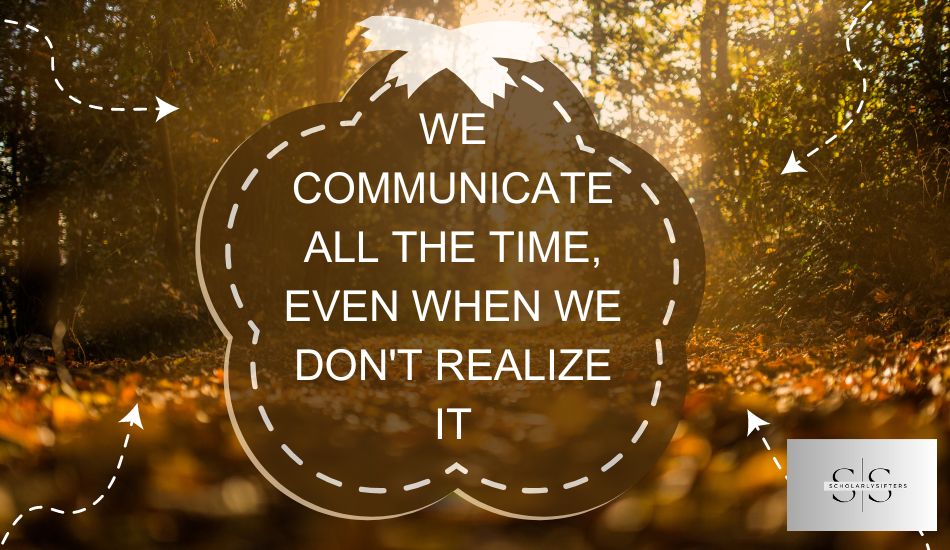
Conclusion
In conclusion, Importance of body language are a universal language that significantly influences communication and relationships. By understanding and improving our body language, we can enhance our ability to connect with others, convey emotions effectively, and avoid misunderstandings.
Being culturally sensitive to the diversity of body language practices is crucial in today’s globalized world. As we continue to refine our nonverbal communication skills, we open the door to more authentic and successful interactions in both personal and professional settings. Embrace the power of body language, and let it be a force that strengthens your bonds with others and enriches your overall communication experience.




